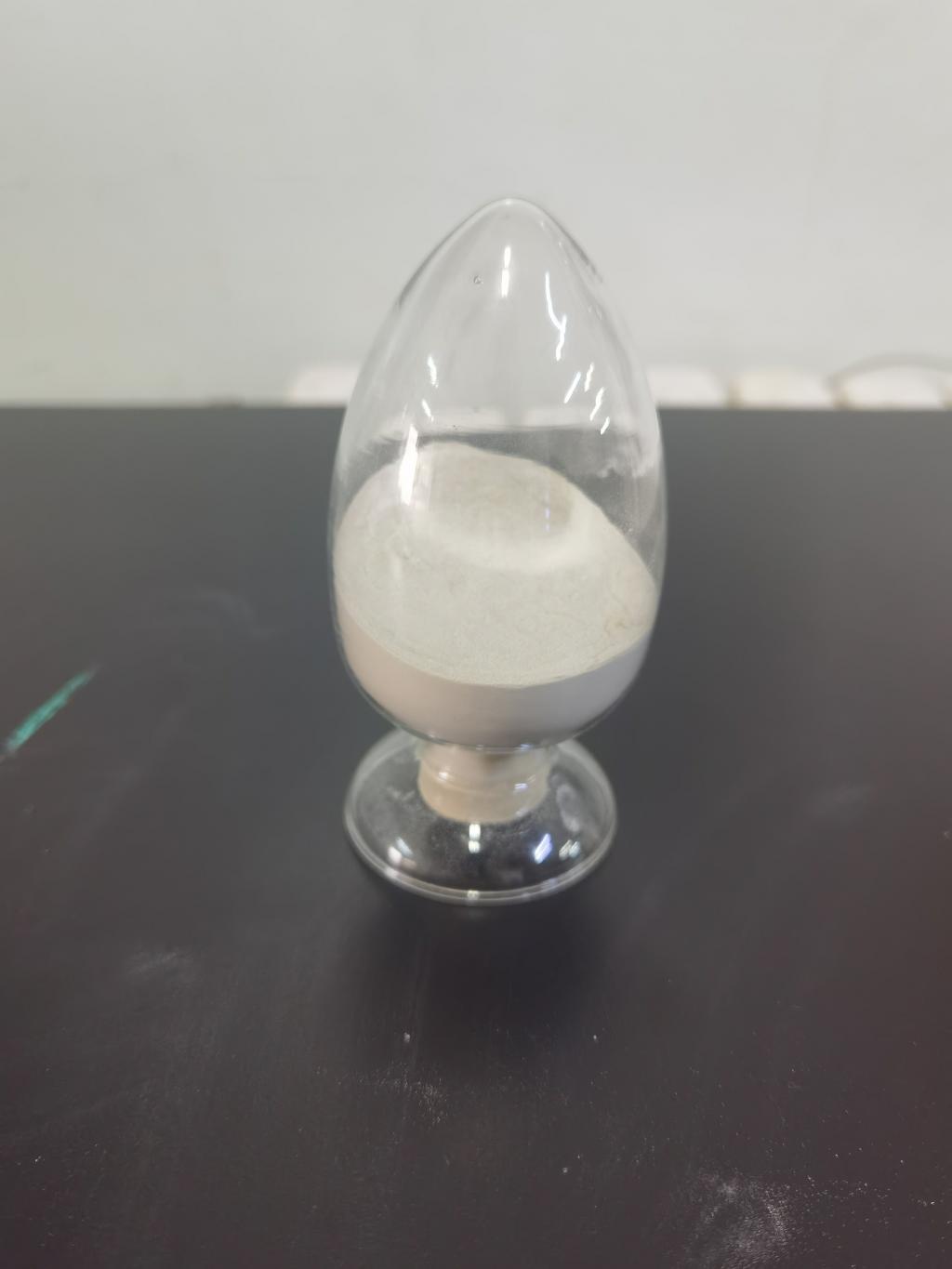Tel:+8618231198596

News
 CONTACT
CONTACT
 CONTACT
CONTACT
- Linkman:Linda Yao
- Tel: +8618231198596
- Email:linda.yao@dcpharma.cn
- Linkman:CHARLES.WANG
- Department:Overseas
- Tel: 0086 0311-85537378 0086 0311-85539701
News
Current Position:
Home >
News
>Nisin's cost-effectiveness makes it an attractive option for small-scale food.
Nisin's cost-effectiveness makes it an attractive option for small-scale food.
TIME:2024-04-02
Understanding Nisin
Nisin, a natural antimicrobial peptide produced by certain strains of lactic acid bacteria, has gained recognition as an effective preservative in the food industry. It works by disrupting the cell membranes of target bacteria, thereby inhibiting their growth and extending the shelf life of food products. Nisin is generally recognized as safe (GRAS) by regulatory authorities such as the U.S. Food and Drug Administration (FDA) and the European Food Safety Authority (EFSA), making it suitable for use in a wide range of food products.
Cost-Effectiveness of Nisin
The cost-effectiveness of nisin stems from several factors that make it an attractive option for small-scale food producers and artisans:
Low cost of production: Nisin is produced through fermentation by lactic acid bacteria, a relatively inexpensive process compared to the production of synthetic preservatives. This lower production cost translates into cost savings for manufacturers, making nisin an economically viable option for small-scale producers with limited budgets.
Minimal processing requirements: Unlike some synthetic preservatives that require complex processing techniques, nisin can be easily incorporated into food products with minimal processing. This simplicity reduces production costs and allows small-scale producers to preserve the natural characteristics and flavors of their products without extensive processing.
Extended shelf life: By inhibiting the growth of spoilage bacteria and pathogens, nisin helps extend the shelf life of food products, reducing the need for frequent batch production and minimizing food waste. This extended shelf life contributes to cost savings for small-scale producers by reducing inventory turnover and storage costs.
Versatility: Nisin is effective against a wide range of bacteria, including both gram-positive and gram-negative species, as well as some fungi. Its versatility allows small-scale producers to use nisin in various food products, ranging from dairy and meat products to canned goods and ready-to-eat meals, without the need for multiple preservatives.
Applications in Small-Scale Food Production
Nisin finds applications in a variety of food products produced by small-scale producers and artisans:
Dairy products: Nisin is commonly used to preserve dairy products such as cheese, yogurt, and sour cream, helping to extend their shelf life while maintaining freshness and quality.
Meat and poultry products: Nisin can be incorporated into meat and poultry products to inhibit the growth of spoilage bacteria and pathogens, improving food safety and extending shelf life.
Bakery products: Nisin can be added to bakery products such as bread, pastries, and cakes to prevent mold growth and extend shelf life without altering the taste or texture of the products.
Fermented foods: Nisin can be used in the production of fermented foods such as sauerkraut, kimchi, and pickles to prevent spoilage and enhance food safety during fermentation and storage.
Challenges and Considerations
While nisin offers cost-effective solutions for small-scale food producers, there are some challenges and considerations to be aware of:
Regulatory compliance: Small-scale producers must ensure compliance with regulatory requirements regarding the use of nisin in food products, including labeling, dosage limits, and safety standards.
Consumer perception: Some consumers may have concerns about the use of additives and preservatives in food products, including nisin. Transparent labeling and communication can help address these concerns and build trust with consumers.
Stability and formulation: Nisin's efficacy may be affected by factors such as pH, temperature, and processing conditions. Formulating nisin into stable formulations that retain their antimicrobial activity over time can be challenging for small-scale producers.
Conclusion
Nisin's cost-effectiveness makes it an attractive option for small-scale food producers and artisans looking to meet consumer demands for high-quality, safe, and shelf-stable food products. Its low production cost, minimal processing requirements, and versatility make it an economically viable alternative to synthetic preservatives for preserving a wide range of food products. By harnessing the power of nisin, small-scale producers can enhance food safety, extend shelf life, and reduce production costs, thereby gaining a competitive edge in the market while maintaining the integrity and quality of their products.
- Tel:+8618231198596
- Whatsapp:18231198596
- Chat With Skype







